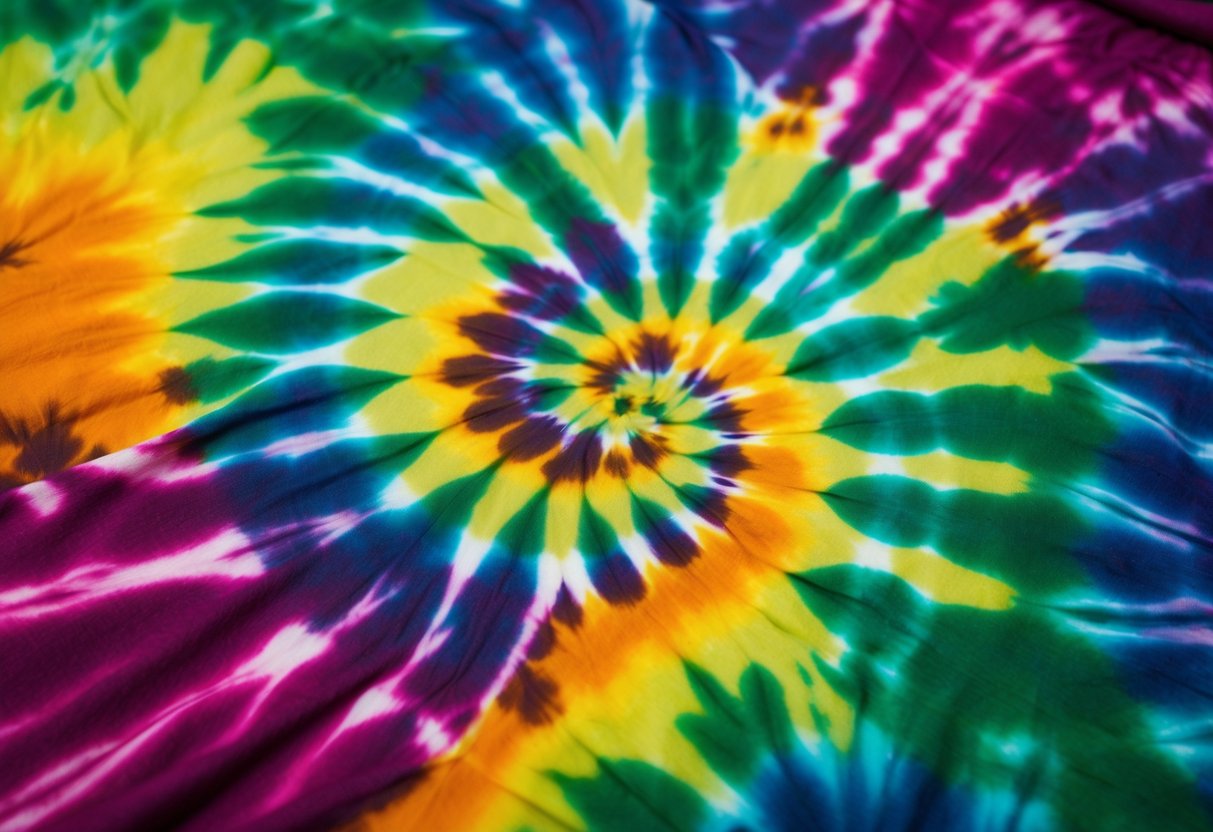Mastering Fabric Dyes: Create Stunning DIY Patterns
Bottles and Tools for Precision
Using squeeze bottles offers pinpoint accuracy, making them indispensable for intricate designs. This approach is ideal for projects requiring controlled, direct application, such as tie-dye or complex patterns. The bottle’s nozzle allows the user to manage dye flow and concentration, ensuring consistent results. Specialized tools like dropper pipettes or needle-nose applicators complement this technique by allowing even tighter control over small areas and intricate details. These methods are invaluable when working with multiple colors or creating detailed motifs. Understanding the key strengths of each tool aids in achieving the desired outcome, whether bold and vibrant or subtle and nuanced.
Advanced Tie-Dyeing Methods

Advanced techniques in tie-dyeing elevate the art form through intricate patterns and innovative resist methods. Notable approaches include the Japanese Shibori method and the use of various resists for creating more complex designs.
Exploring Shibori
Shibori is a traditional Japanese dyeing technique that involves folding, twisting, and binding fabric before dyeing it, resulting in a variety of patterns. This method creates intricate and detailed designs, expanding the possibilities beyond typical tie-dyeing. Practitioners use different Shibori techniques like Arashi, Itajime, and Kanoko to achieve diverse effects.
Arashi involves wrapping fabric around a pole, creating diagonal patterns reminiscent of rain. Itajime uses shaped wooden blocks to clamp the fabric, leading to symmetrical and geometric designs. Kanoko involves using small, tight binds, producing delicate, circular patterns. Mastering these techniques requires patience and precision, but the results are strikingly artistic.
Experimenting with Resists
Resists play a crucial role in tie-dyeing by blocking dye from reaching specific fabric areas. This creates negative spaces that form intricate patterns. Wax, string, and fabric are common resist materials used to create unique effects in dyeing projects.
Wax resists are often seen in batik, where hot wax is applied to fabric to block dye. This allows for intricate, layered designs as different colors are applied sequentially. String resists use tightly wound strings to create linear designs, like stripes or spirals. Fabric resists incorporate folding or binding additional fabric to block dye in specific areas.
These techniques add complexity and detail to projects, allowing for the development of unique, personalized designs. By understanding and practicing these advanced methods, artists can explore a wider range of creative possibilities in their tie-dyeing endeavors.



